Third International Workshop on Antimatter Astrophysics
Session 109 of ICNAAM 2014
http://www.icnaam.org/sessions_minisymposia.htm
Organizers:
A. A. Bhalekar (India), Email: anabha@hotmail.com,
C. Corda (Italy), Email: cordac.galilei@gmail.com,
T. Vougiouklis (Greece), Email: tvougiou@eled.duth.gr.
Newtonian mechanics [1], Galileo's relativity [2] and Einstein special [3] and general [4] relativities have no means for the characterization of neutral antimatter, since they were conceived long before Dirac's 1928 prediction of antimatter [5] and its 1933 experimental verification by Anderson [6]. Dirac's prediction was based on antimatter having negative energies which are unphysical in our words, thus forcing the sole representation of antiparticles via the "hole theory." Since that time, antimatter has been generally believed to exist solely when produced in our laboratories at the particle level without a macroscopic existence in the large scale structure of the universe, such as in the form of antimatter stars or antimatter galaxies.
However, our planet has been devastated in the past by antimatter asteroids, as it is the case of the celebrated 1908 Tunguska explosion in Siberia that was the equivalent of one thousand Hiroshima atomic bombs, yet no solid or liquid residue was ever located in the ground [7]. The antimatter origin of the episode is established by the fact that the entire Earth atmosphere remained excited for days to such an extent that people could read the newspaper at midnight in Sydney, Australia, without the need for any additional light. Such a large scale excitation of all molecules and atoms of our atmosphere can only be explained via a very large radiation source that, in turn, can only originate from matter-antimatter annihilation (Figure 1). Additional evidence on the existence of antimatter in the large scale structure ofthe universe is given by indications antimatter cosmic rays [8] and large explosions detected in our upper atmosphere that cannot be caused by matter asteroids (see the websites of NASA, FERMILAB and other laboratories).
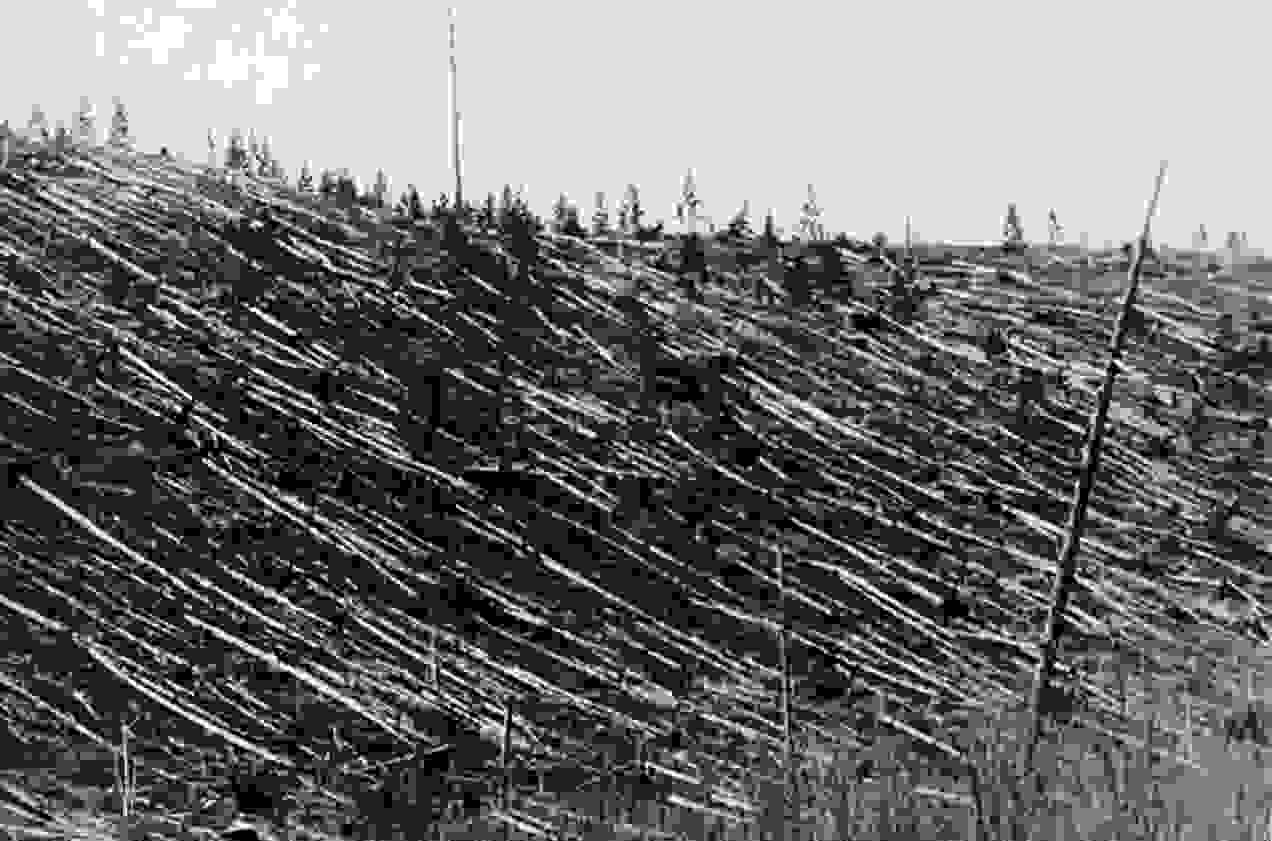
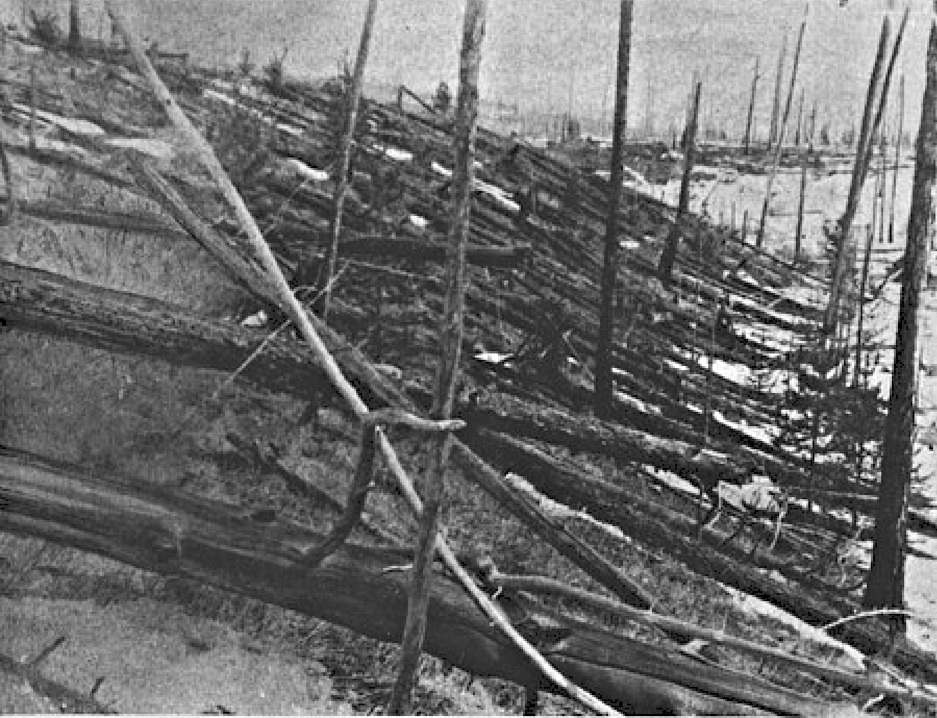
Figure 1. A view of the devastation caused by the 1908 Tunguska explosion in Siberia. The flattened trees can be xplained via an ice comet exploding in our atmosphere. However, this interpretation is excluded by the fact that the entire Earth atmosphere remained illuminated at night for days, which excitation can only beexplained by matter-antimatter annihilation.
The Italian-American physicist Ruggero Maria Santilli initiated his
studies on antimatter since his graduate school at the university of
Torino, Italy, in the mid 1960s with the specific intent of
ascertaining, in due time, whether a far away galaxy is made up of
matter or of antimatter, He soon discovered that 20th century
knowledge was inapplicable for such a problem since the sole available
conjugation from matter to antimatter was that of a charge on
Hilbert space over a numeric field,while the study of possible
antimatter galaxies must be done at the classical level and antimatter
galaxies must be assumed to be neutral. In this way, Santilli
confirmed the teaching of scientific history according to which the
protracted lack of solution of basic physical problems is generally
due to use of insufficient or inadequate mathematics. Therefore,
Santilli initiated his search for a new mathematics
specifically built for the classical characterization of neutral or
charge antimatter bodies.
ISODUAL MATHEMATICS
In this way, Santilli initiated a fifty years old scientific journey
which is hereinoutlined. Since charge conjugation on a Hilbert space
over the field of complex numbers
Cψ(r) = - ψ+(r)
is anti-Hermitean, Santilli searched for years to locate a mathematics
which is an anti-Hermitean (or, more generally, anti-isomorphic)
image of 20th century mathematics, none was found, thus mandating the
construction of the needed new mathematics as a condition to conduct
serious research in the classical representation of antimatter.
Santilli was soon faced with huge technical difficulties in the
construction of the needed new mathematics. Being a physicist, he
knew that, to have physical value, a theory has to be formulated
over a numeric field as an evident condition to conduct consistent
experimental measurements. The only known fields of the time were the
real, complex and quaternionic fields. Therefore, any theory
formulated on them could not possibly be anti-Hermitean or
anti-isomorphic to 20th century mathematics, and the impasse was
total.
Finally, when at the Department of Mathematics of Harvard University
in the early 1980s under DOE support, Santilli decided to build the
needed new mathematics by embedding the anti-isomorphic character in
the most fundamental mathematical notion, the multiplicative unit, and
assumed the following negative-definite unit he called
isodual unit denoted with the superscript "d"
1d = - 1,
and then build the entire needed mathematics via a step-by-step image
of 20th century mathematics in such a way to admit -1, rather than +1,
as the correct left and right unit at all levels. This led to decades
of research for the construction of isodual numbers, isodual
functions, isodual differential calculus, isodual metric spaces,
isodual Lie theory, isodual Euclidean, Minkowskian and Riemannian
geometries, etc. and other isodualities (see monograph [9] for a
general presentation up to 2006 and vast prior literature quoted
therein, and Refs. [11-21] for subsequent studies).
An important aim of this workshop is to further develop the ensuing
isodual mathematics as well as the broader isodual
isomathematics and isodual hypermathematics via the
isodualities of the mathematics studied in the preceding Fifth
International Workshop on Iso-, Geno-, and Hyper-Mathematics
http://www.santilli-foundation.org/Iso-Geno-Hyper-Math-2014.php
All the mathematics can be constructed via Santilli's isodual map
Q(t, r, p, ψ, ...) → Qd(td,
rd, pd, ψd) =
-Q+(-t+, -r+, -p+, -
ψd+, ...),
applied to the totalities of quantities Q and the totality of
operations of the selected original mathematics used for matter. In
the event only one quantity or operation is not mapped under
isoduality, there are insidious inconsistencies that generally
remain undetected by non-experts in the field.
In particular, isodual mathematics permitted the first known
geometrically consistent representation of the gravitational field of
a neutral antimatter body via the Riemann-Santilli isodual
geometry defined over isodual fields (see monograph [9] and
memoir [19]).
It should be stressed that the isodual theory of antimatter requires,
for consistency requirement, the conjugation of all physical
quantities of matter as well as, most importantly, all their units of
measurements.
Consequently, antimatter evolves along a time moving backward, the
To the best of our knowledge, the isodual theory of antimatter
verifies all available experimental data on antimatter at the
classical and particle levels. In classical mechanics, all data are
verified via the interplay of Newton's and the Newton-Santilli isodual
equations. Experimental data on antimatter at the particle level are
verified due to the equivalence of isoduality and charge
conjugation.
An important function of this workshop is to verify that indeed the
isodual theory of antimatter is compatible with all available
experimental data.
1. Light emitted by antimatter stars, called antimatter light
for large wavelengths and isodual photons for short
wavelengths, is physically different than light emitted by matter
stars, or matter light according to experimentally measurable
ways [20].
2. Antimatter light experiences gravitational repulsion when
passing near a matter gravitational field (Figure 2), which is a
necessary consequence of the negative energy of antimatter light when
in a gravitational field with positive curvature tensor [19](Figure
2);
3. Matter and antimatter bodies experience gravitational repulsion
(antigravity). This prediction exists at all levels of studies, from
Newtonian to Riemannian profiles. In particular, Santilli proposed in
1994 the measurement of the gravity of positrons in horizontal flight
in a supervacuum and supercooled tube (see the review in Ref. [20] and
independent experimental studies [13-14]).
4. Antimatter light propagating within a matter medium experiences a
negative index of refraction. This is an additional
necessary consequence of the fact that, in the absence of a charge,
the conjugation from matter to antimatter requires the conjugation of
all possible quantities, thus including the conventional index of
refraction n which is mapped into the for nd = - n (figure
3) [21];
5. In particle-antiparticle annihilations, there is the production of
matter and antimatter lights, or photons and isodual photons, in equal
amounts [21]. This is a necessary consequence of the
isoselfduality, namely, the invariance under isoselfduality,
which is verified by a particle-antiparticle system such as
electron-positron and, therefore, it is predicted to be equally
verified by the produced photons, resulting in the predicted
reaction
e+- → γ + γd
which is expected to be experimentally verifiable with high
sensitivity neutron interferometric easurements.
Another important function of the workshop is to further develop the
isodual theory of antimatter with new basic advances, such as:
I. Trajectory of antimatter asteroids colliding with Earth.
II. Isodual scattering theory and the particle-antiparticle
scattering problem.
III. Isodual optics and its relationship with optics.
Addition darted March 3, 2014
APPARENT DETECTION OF ANTIMATTER-GALAXIES,
We are pleased to announce the apparent first detection by R. M. santilli [23] of antimatter-galaxies, antimatter-asteroids and antimatter0-cosmic rays via a refractive telescope with concave lenses and its experimental confirmation by independent scientists [24] as illustrated in the pictures below for analysis and discussions at the workshop.
The announcement has been jointly made with the PRWeb Release
FINANCIAL SUPPORT FOR PARTICIPATION
Scientist interested in participating are suggested to apply for
financial support by sending via email a one page motivation and the
DSV to
[2] Galileo, G., Dialogus de Systemate Mundi, 1638, Reprinted by
MacMillan, New York,1917.
[3] Einstein, A., Ann. Phys.
(Leipzig) 1905, 17, 891.
[4] Einstein, A., Sitzungsberichte der Preussischen Akademie der
Wissenschaften zu Berlin 1915, 844847.
[5] Dirac, P. A. M., Proceedings of the Royal Society 1928,,117, 610624.
[6] Anderson, C. D., Phys.Rev. 1933, 43, 491.
[7] Dermer ,C. D., "Gamma-Ray Bursts from Comet-Antimatter Comet
Collisions in the Oort Cloud. In C. Kouveliotou, M. S. Briggs, and G.
J. Fishman. 384. The Third Huntsville Symposium on Gamma-Ray Bursts,
Huntsville AL, USA, October 1995, 2527, Woodbury: American Institute
of Physics. pp. 744748.
[8] Rojansky, V., Cosmic Rays and Comets, Phys. Rev. 58, 1010 - 1010 (1940).
[9] Santilli, R. M., Isodual Theory of Antimatter with Applications
to Antigravity, Grand Unification and Cosmology, Springer
(2006).
[10] Anderson, R., Bhalekar, A. A., Davvaz, B., Muktibodh, P., Tangde,
V. M., Muktibodh. A., and Vougiouklis, T. "An introduction to Santilli
isodual theory of antimatter and the ensuing problem of detecting
antimatter asteroids," Numta Bulletin 2012-2013, 6, 1-33
[11] Dunning-Davies, J., "Thermodynamics of antimatter via Santillis
isodualities." Found. Phys. 1999,Vol. 12, page 593 (1999
[12] Corda, C., Introduction to Santillis IsoNumbers, AIP Conf.
Proceed. 2012, 1479, 1013
[13] Mills, A. P., Possibilities of measuring the gravitational mass
of electrons and positrons in free horizontal flight, contributed
paper for the Proceedings of the International Conference on
Antimatter, held
in Sepino, Italy, May 1996, published in the Hadronic J. 1996 19, 77-96
[14] de Haan, V., Proposal for the realization of Santilli comparative
test on the gravity of electrons and positrons via a horizontal
supercooled vacuum tube, Proceedings of the Third International
Conference on the Lie-Admissible Treatment of Irreversible Processes,
C.
Corda, Editor, Kathmandu University, 2011, pages 57-67
[15] Muktibodh, P. S., "Introduction to Isodual Mathematics and its
Application to Special Relativity," American Institute of Physics
Proceedings 2013
[16] Davvaz, B., Santilli, R. M., and Vougiouklis T., Studies of
Multi-Valued Hyperstructures for the Characterization of
Matter-Antimatter Systems and their Extension, in Proceedings of the
2011 International Conference on Lie-admissible Formulations for
Irreversible Processes, C. Corda, editor, Kathmandu University, Nepal,
2011,
[17] Bhalekar, A. A., "Studies of Santilli's isotopic, genotopic and
isodual four directions of time," American Institute of Physics
proceedings, 1558, 697-701 (2013)
[18] Bhalekar A. A., "Santilli's New Mathematics for Chemists and
Biologists. An Introductory Account," CACAA, 2014 (In press)
[19] Santilli, R. M. "Isominkowskian Geometry for the Gravitational
Treatment of Matter and its Isodual for Antimatter," Intern. J. Modern
Phys. 1998, D 7, 351
[20] Santilli, R. M. "Does antimatter emit a new light?" Invited paper
for the proceedings of the International Conference on Antimatter,
held in Sepino, Italy, on May 1996, published in Hyperfine
Interactions
1997, 109, 63-81
[21] Santilli, R. M. "The Mystery of Detecting Antimatter Asteroids,
Stars and Galaxies," American Institute of Physics, Proceed. 2012,
1479, 1028-1032 (2012)
[22] Corda, C., Introduction to Santillis IsoMathematics, AIP Conf.
Proceed. 2013, 1558, 685
[23] Santilli, R. M.
APPARENT DETECTION OF ANTIMATTER GALAXIES
[24] Bhujbal, P., J. V. Kadeisvili, A. Nas, S Randall, and T. R. Shelke,
**********************************
ISODUAL THEORY OF ANTIMATTER
Thanks, and only thanks to his isodual mathematics, Santilli was able
to construct the isodual theory of antimatter which
characterizes antimatter at all possible levels, from Newtonian
mechanics to second quantization (see also the 2006 monograph [9] and
the important recent memoir [10] and independent contributions
[12-19]).

Figure 2. An important prediction of Santilli's isodual theory of
antimatter is that antimatter light experiences a repulsion (called
isodual bending) when in a matter gravitational field. Astrophysical
research on this prediction are strongly recommended.
NOVEL PREDICTIONS
Another important function of the workshop is to appraise the
consistency and feasibility of the various novel predictions of the
isodual theory of antimatter, among which we quote:
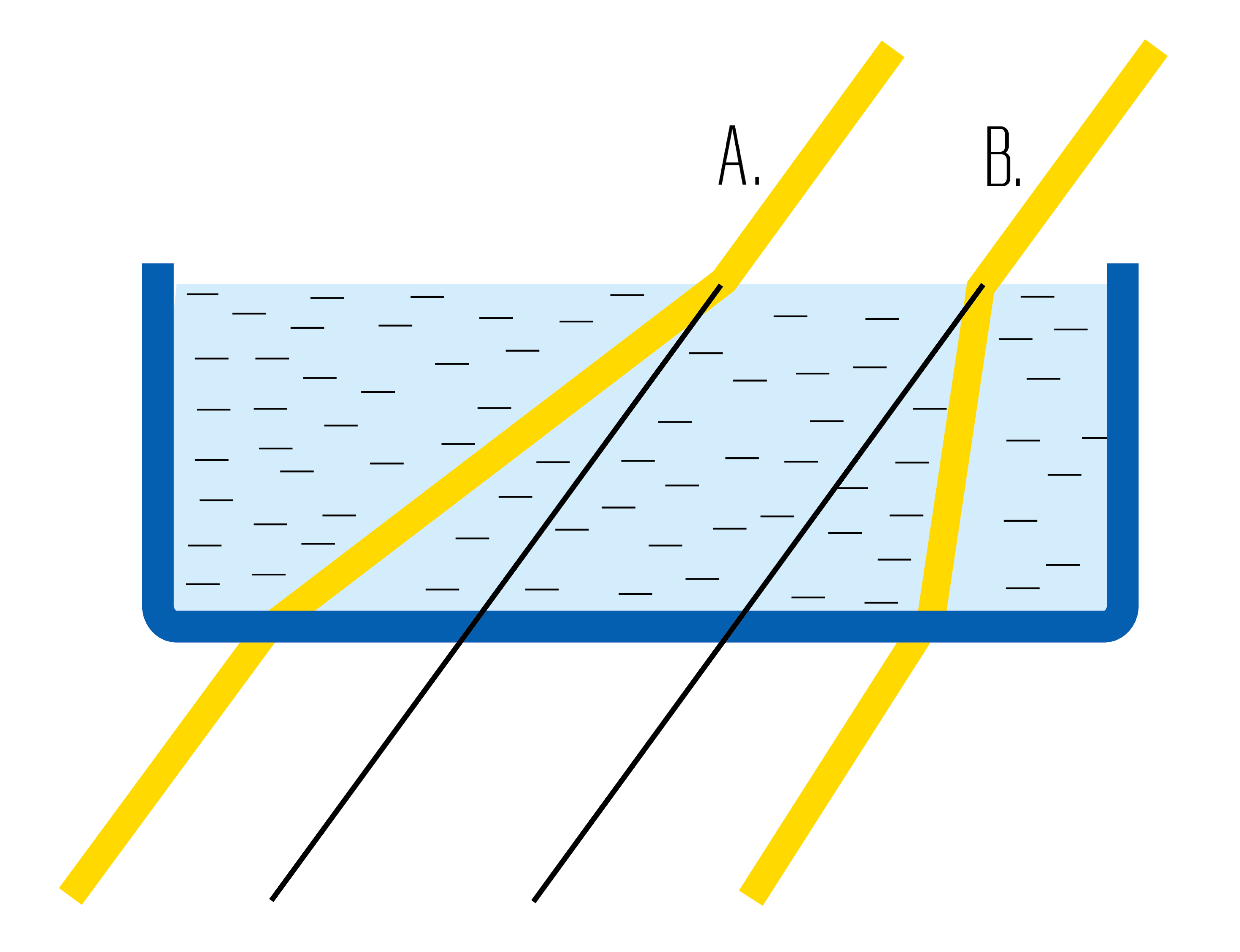
Figure 3. Another inevitable prediction of the isodual theory of
antimatter is that antimatter light propagating in a matter medium
exhibits a negative-definite isodual index of refraction. This
prediction stems from any consistent conjugation matter to antimatter
in the absence of a charge. It should be noted that this prediction
implies that antimatter light travels at superluminal speeds when seen
from our world.
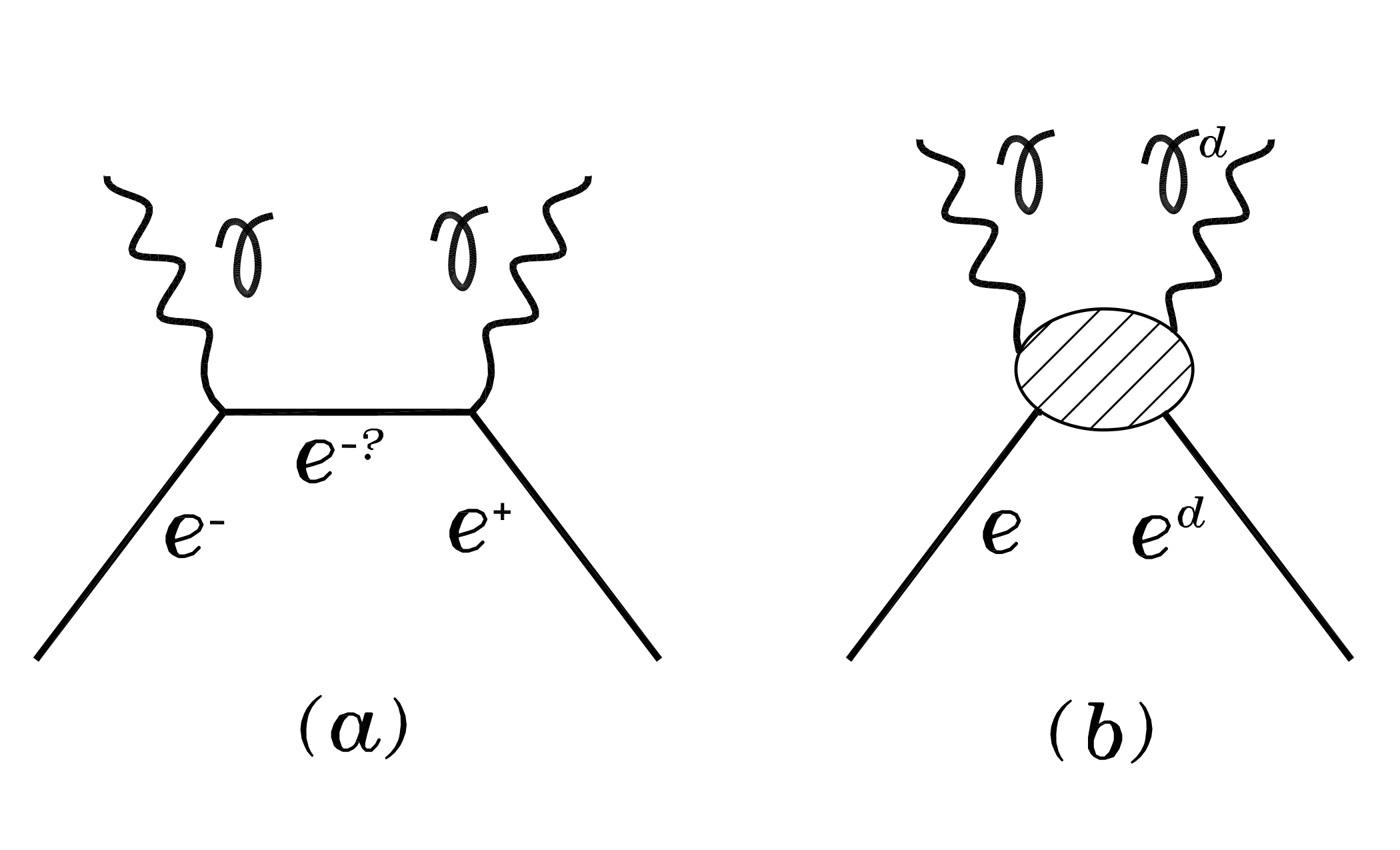
Figure 4. Yet another important prediction of the isodual theory of
antimatter is the inapplicability of Feynman's diagrams for
particle-antiparticle interactions since annihilation initiates at the
first contact of the wavepackets without any possibility of admitting
interactions mediated by particles or antiparticles. In any case, the
latter mediations violate isoselfduality [21]..
This is a very interesting project with particular relevance for our
safety that has never been studied to date, to the best of our
knowledge. Its main novelty is based on the fact that antimatter
asteroids are predicted to be repelled by Earth, thus requiring a
particular speed and trajectory to actually have a collision,
This is also a very interesting problem of main relevance for all
quantitative studies of antimatter. The problem has been created by
the expected lack of applicability of Feynman's diagrams that, while
being so effective for electron scattering on matter, violate the
isoselfduality symmetry when applied to particle-antiparticle
scattering. It should be noted that in the latter case there the
inapplicability of the very Feynman;s conception of interaction
mediated by a "particle" exchange, since annihilation initiate at the
very first contact of wavepackets, thus allowing no time for particles
or antiparticles exchanges..
As it is well known, our current knowledge on the matter component of
the universe is a result of systematic studies of matter light covered
by the discipline known as optics. There is no doubt that similar
advances on antimatter will not be possible until the corresponding
optics for antimatter light, isodual optics, is sufficiently
developed.
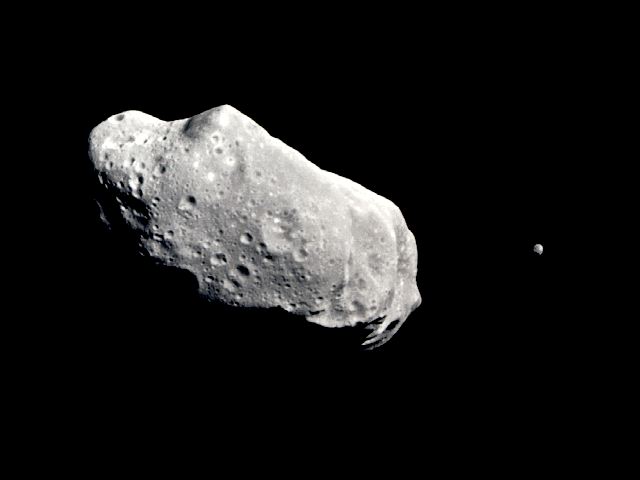
Figure 5. As indicated in Ref. [10], the biggest threat facing our
planet these days is a possible collision with an antimatter asteroid
due to our basic lack of knowledge on whether Sunlight is refracted
on its surface or absorbed. It should be indicated that, ad
established by the Tunguska explosion (Figure 1), the annihilation of
an antimatter asteroids in our atmosphere will paralyze all
civilian,industrial and military communications for days due to the
excitation of atmospheric atoms and molecules caused by large
electromagnetic radiations.
ANTIMATTER-ASTEROIDS, AND ANTIMATTER-COSMIC RAYS VIA
SANTILLI TELESCOPE WITH CONCAVE LENSES
http://www.prweb.com/releases/2014/02/prweb11589410.htm
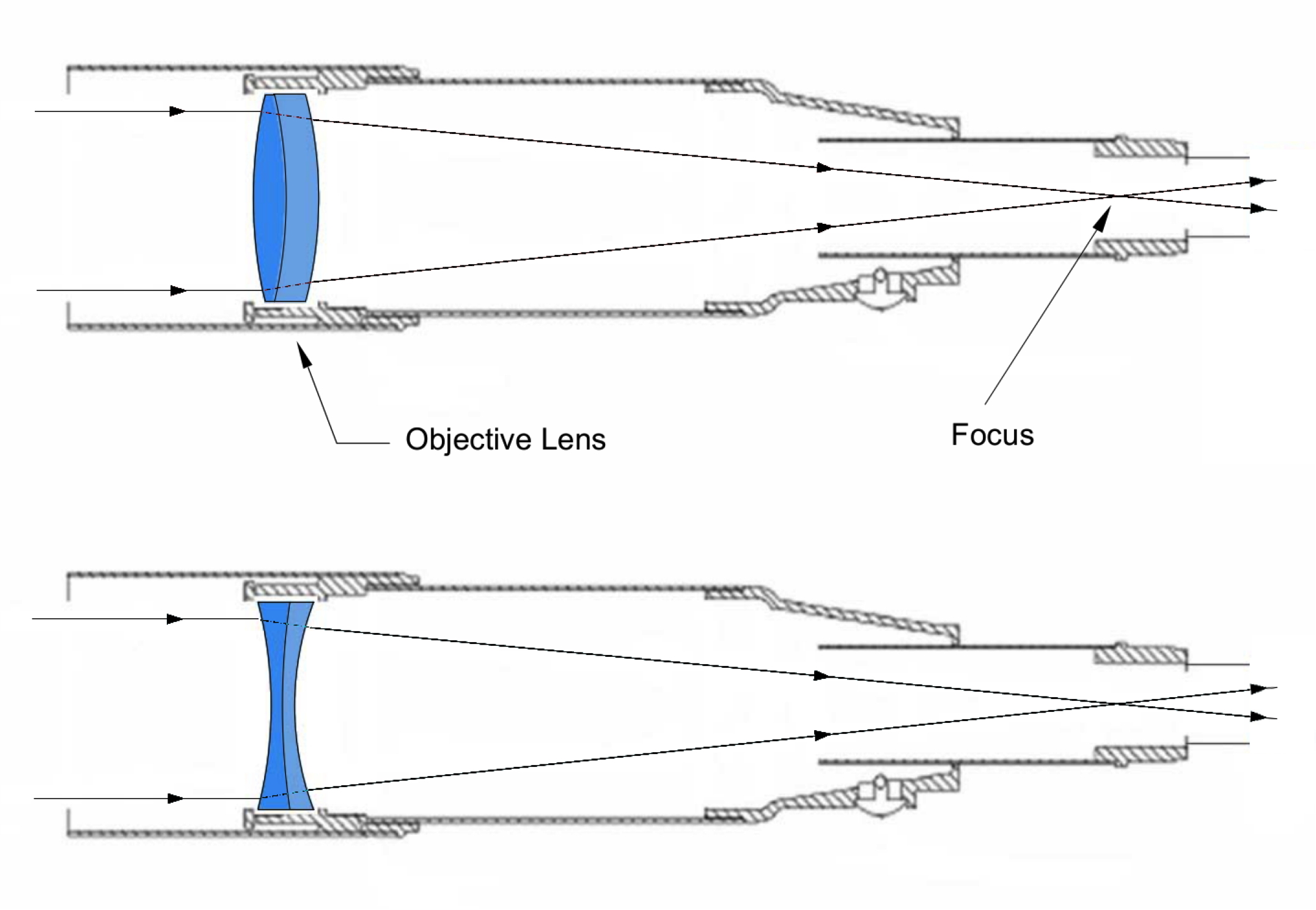
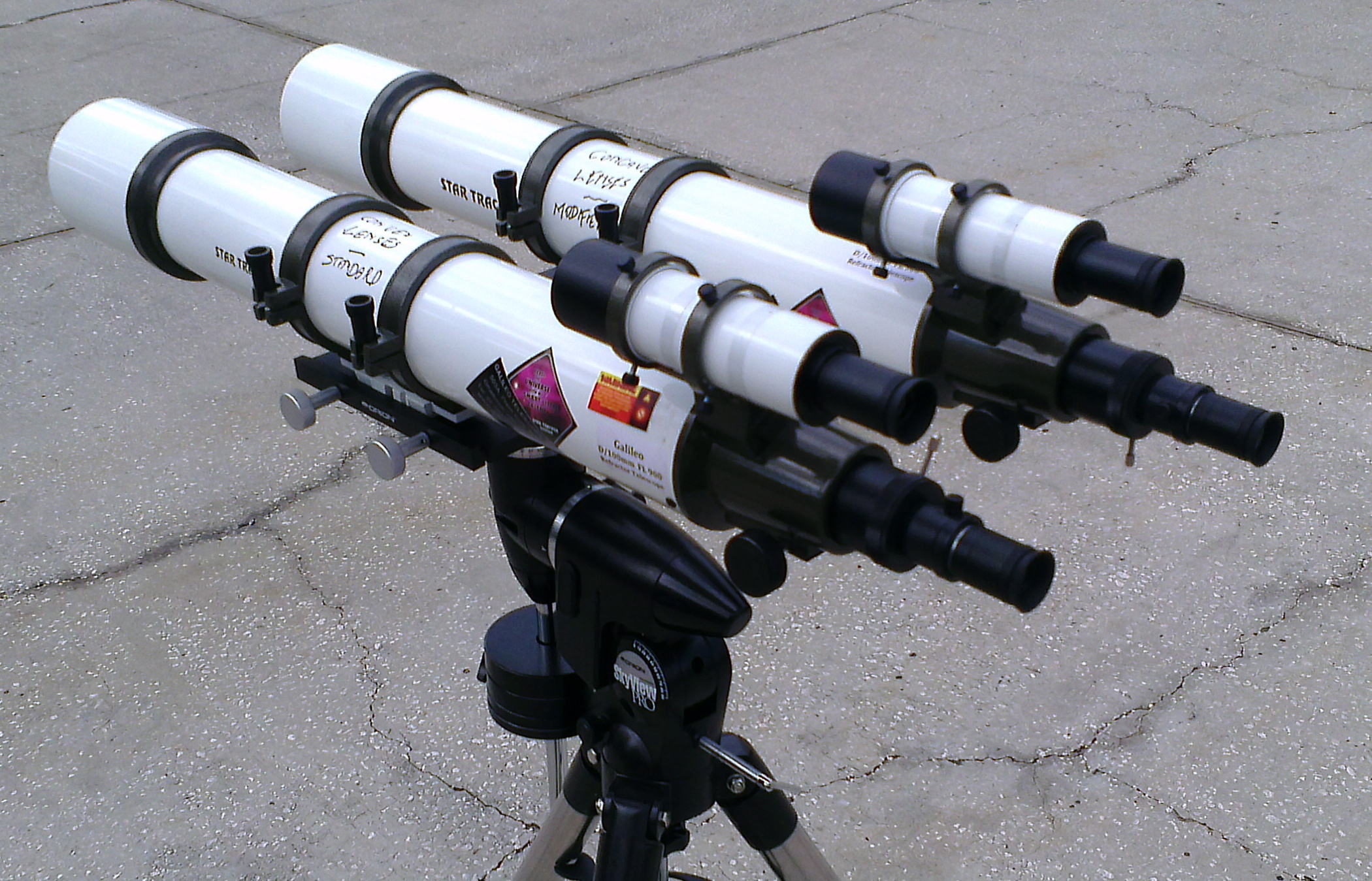
Figure 6. A structural view in the top left of a conventional, refractive Galileo's telescope with convex lenses for the focusing of light from matter-galaxies; a comparative view in the bottom left of the novel, refractive Santilli's telescope with concave lenses for the focusing of light from, antimatter-galaxies; and a view in the right of the parallel assembly of Galileo's and Santilli's telescopes used in measurements [23].
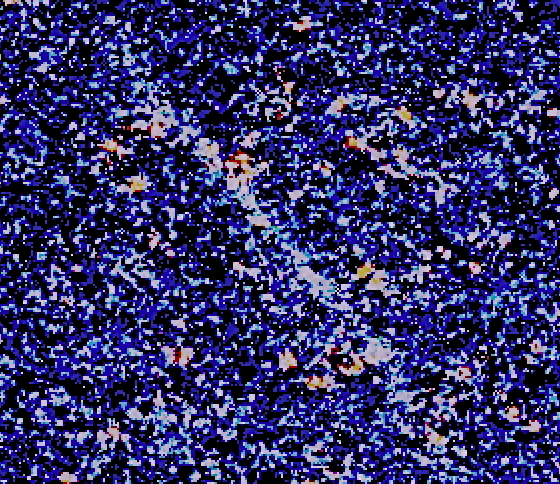
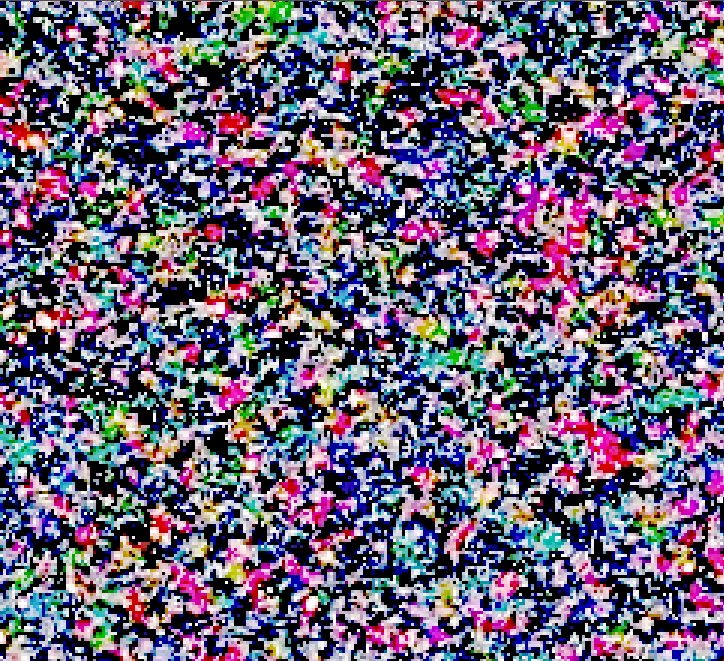
Figure 7. A view in the left of a "streak" caused by a matter galaxy detected by Galileo's telescope with 15 seconds exposure, and a view in the right of a "streak" detected by Santilli's telescope with the same exposure in the same region of the sky, which streak does not exist in Galileo's telescope. As such, the streak of the right picture can only be due to light having a negative index of refraction, the sole possible origin being that of antimatter light. Note the parallelism and length of the matter and antimatter streaks confirming the the capability of a telescope with concave lenses to focus images caused by light that can only occur under a negative index of refraction [23].
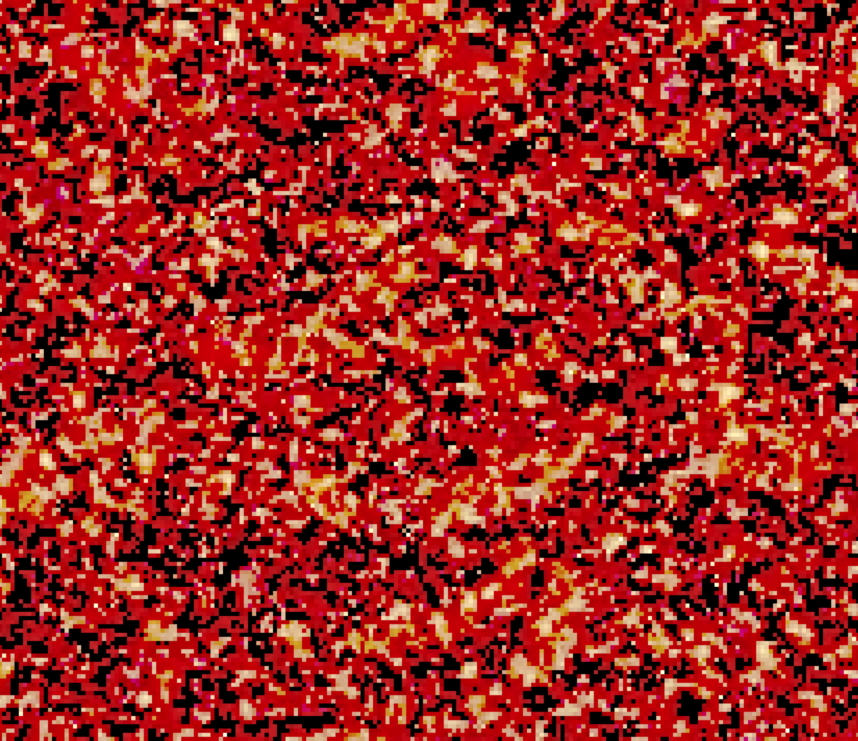
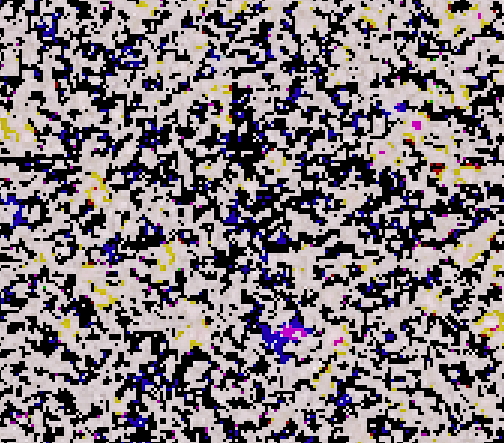
Figure 8. In addition to focused streaks of darkness, Santilli reported the detection with his telescope
of numerous "circles of darkness" generally present anywhere in the night sky that can only be generated by an instantaneous event since occurring under 15 seconds exposure. Santilli suggests that these circles of darkness are originated by antimatter light originated by antimatter cosmic rays annihilating in our upper atmosphere. Additional mysterious images have been detected by Santilli, such as the image to the right which cannot be caused by antimatter galaxies since the image does not
have the orientation and length needed under 15 seconds exposure and are not instantaneous. Santilli suggests that their origin may be due to small antimatter asteroids annihilating in our upper atmosphere [23].
The R. M. Santilli Foundation
http://www.santilli-foundation.org/
http://www.world-lecture-series.org/
Email: board(at)santilli-foundation(dot)org
Deadline for applications: August 15, 2014
REFERENCES
[1] Newton, I., Philosophia Naturalis Principia Mathematica (1687),
translated by Cambridge University Press 91934).
http://www.santilli-foundation.org/docs/Antimatter-2013.pdf
http://www.santilli-foundation.org/docs/Isodual-therm.pdf
http://www.santilli-foundation.org/docs/Corda-2012.pdf
http://www.santilli-foundation.org/docs/Santilli-11.pdf
http://www.santilli-foundation.org/docs/deHaan-Arxiv.pdf
http://www.santilli- foundation.org/docs/P-Muktibodh.pdf
http://www.santilli-foundation.org/Hyperstructures.pdf
http://www.santilli-foundation.org/docs/Bhalekar-2013-I.pdf.
http://www.santilli-foundation.org/docs/Bhalekar-Math-2013.pdf.
http://www.santilli-foundation.org/docs/Santilli-35.pdfR.
http://www.santilli-foundation.org/docs/Santilli-28.pdf
http://www.santilli-foundation.org/docs/antimatter-asteroids.pdf
VIA A REFRACTIVE TELESCOPE WITH CONCAVE LENSES
Clifford Analysis, Clifford Algebras and their Applications
Vol. 3, pages 1-26, 2014 (Cambridge, UK)
http://www.santilli-foundation.org/docs/Antimatter-telescope-2013-final.pdf
PRELIMINARY CONFIRMATIONS OF ANTIMATTER DETECTION
VIA SANTILLI TELESCOPE WITH CONCAVE LENSES
Clifford Analysis, Clifford Algebras and their Applications
Vol. 3, pages 27-39, 2014 (Cambridge, UK)
http://www.santilli-foundation.org/docs/Con-Ant-Tel-2013.pdf